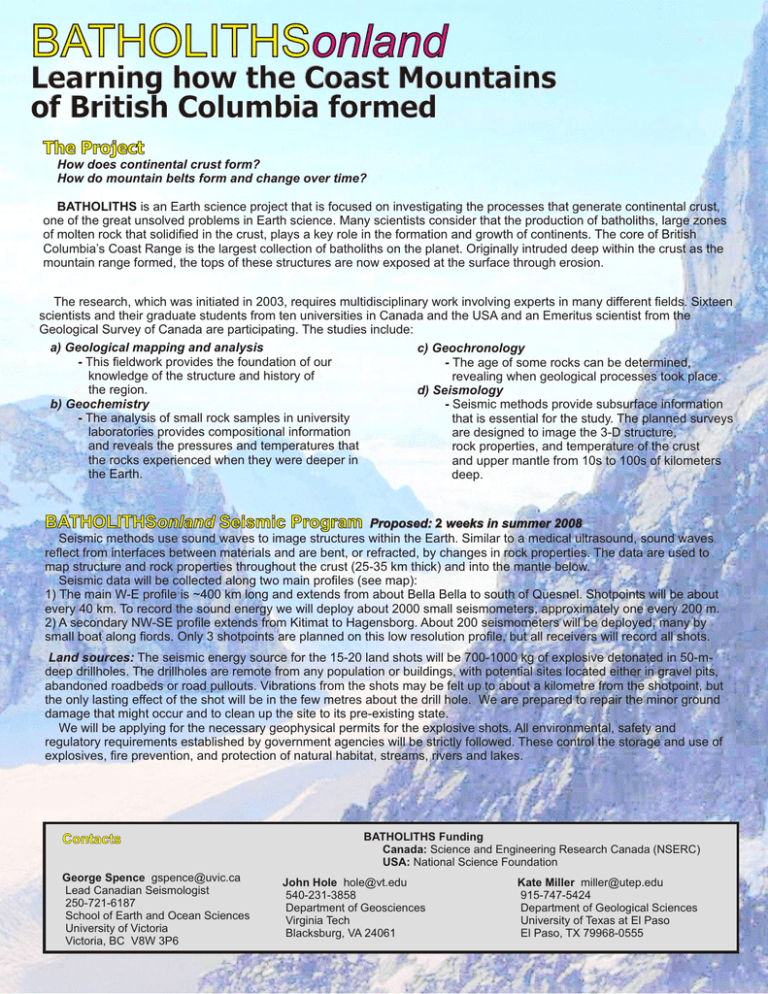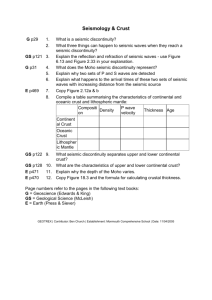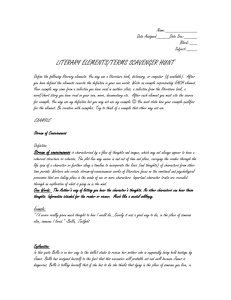BATHOLITHS onland
advertisement

BATHOLITHSonland Learning how the Coast Mountains of British Columbia formed The Project How does continental crust form? How do mountain belts form and change over time? BATHOLITHS is an Earth science project that is focused on investigating the processes that generate continental crust, one of the great unsolved problems in Earth science. Many scientists consider that the production of batholiths, large zones of molten rock that solidified in the crust, plays a key role in the formation and growth of continents. The core of British Columbia’s Coast Range is the largest collection of batholiths on the planet. Originally intruded deep within the crust as the mountain range formed, the tops of these structures are now exposed at the surface through erosion. The research, which was initiated in 2003, requires multidisciplinary work involving experts in many different fields. Sixteen scientists and their graduate students from ten universities in Canada and the USA and an Emeritus scientist from the Geological Survey of Canada are participating. The studies include: a) Geological mapping and analysis c) Geochronology - This fieldwork provides the foundation of our - The age of some rocks can be determined, knowledge of the structure and history of revealing when geological processes took place. the region. d) Seismology b) Geochemistry - Seismic methods provide subsurface information - The analysis of small rock samples in university that is essential for the study. The planned surveys laboratories provides compositional information are designed to image the 3-D structure, and reveals the pressures and temperatures that rock properties, and temperature of the crust the rocks experienced when they were deeper in and upper mantle from 10s to 100s of kilometers the Earth. deep. BATHOLITHSonland Seismic Program Proposed: 2 weeks in summer 2008 Seismic methods use sound waves to image structures within the Earth. Similar to a medical ultrasound, sound waves reflect from interfaces between materials and are bent, or refracted, by changes in rock properties. The data are used to map structure and rock properties throughout the crust (25-35 km thick) and into the mantle below. Seismic data will be collected along two main profiles (see map): 1) The main W-E profile is ~400 km long and extends from about Bella Bella to south of Quesnel. Shotpoints will be about every 40 km. To record the sound energy we will deploy about 2000 small seismometers, approximately one every 200 m. 2) A secondary NW-SE profile extends from Kitimat to Hagensborg. About 200 seismometers will be deployed, many by small boat along fiords. Only 3 shotpoints are planned on this low resolution profile, but all receivers will record all shots. Land sources: The seismic energy source for the 15-20 land shots will be 700-1000 kg of explosive detonated in 50-mdeep drillholes. The drillholes are remote from any population or buildings, with potential sites located either in gravel pits, abandoned roadbeds or road pullouts. Vibrations from the shots may be felt up to about a kilometre from the shotpoint, but the only lasting effect of the shot will be in the few metres about the drill hole. We are prepared to repair the minor ground damage that might occur and to clean up the site to its pre-existing state. We will be applying for the necessary geophysical permits for the explosive shots. All environmental, safety and regulatory requirements established by government agencies will be strictly followed. These control the storage and use of explosives, fire prevention, and protection of natural habitat, streams, rivers and lakes. Contacts George Spence gspence@uvic.ca Lead Canadian Seismologist 250-721-6187 School of Earth and Ocean Sciences University of Victoria Victoria, BC V8W 3P6 BATHOLITHS Funding Canada: Science and Engineering Research Canada (NSERC) USA: National Science Foundation John Hole hole@vt.edu 540-231-3858 Department of Geosciences Virginia Tech Blacksburg, VA 24061 Kate Miller miller@utep.edu 915-747-5424 Department of Geological Sciences University of Texas at El Paso El Paso, TX 79968-0555 N1a Kitimat Kemano Quesnel 8-4 1 7 37 Bella Coola 22 35 Bella Bella 17 12 39 Alexis Creek Location map for the BATHOLITHSonland active-source seismic survey. The primary profile extends from Bella Bella through Bella Coola to south of Quesnel. We plan on approximately 14 shotpoint locations along this W-E profile; more than 14 locations are shown, to allow flexibility until budgets and costs are more firm. Large red stars are 2000 kg shots, while small red stars are a maximum of 1000 kg; small blue stars are uncertain locations at this time. Green dashed line is approximate deployment line for more than 2000 portable seismometers (see picture at left) along the W-E profile, spaced at ~200 m. Approximately 200 seismometers will be deployed along the lower resolution NW-SE profile (orange dashed line). Universities Involved Canada: University of Victoria University of British Columbia Setting up a portable seismic recorder USA: Princeton University Virginia Tech Occidental College University of Texas at El Paso University of Arizona University of Wyoming Lamont -Doherty Earth Observatory






